
When it comes to the gender gap in STEM (science, tech, engineering, and math), it widens the more you look at older age groups. There are numerous studies showing how at an elementary school level, girls and boys show equal enthusiasm and girls perform essentially on par with their male peers. Once you get to the higher education level, that’s when we start to see a drop-off in girls predominantly.
In high school, as girls start to experience more social pressures relating to gender, they become less interested in STEM subjects and career trajectories. At this age they are firmly accustomed to hearing statements, phrases and ideals that don’t exactly encourage girls to become the next Bill Gates or Mark Zuckerberg, in the way teen boys do.
Although we are certainly seeing an increase in the number of women obtaining STEM degrees overall, as well as an increase in women in the STEM workforce, it is still far from equal. Social factors such as ingrained gender bias, hiring discrimination be it overt or subtle, and let’s not forget the prevalence of sexual harassment and misogynistic work cultures as recently seen in major tech companies such as Tesla and Uber, become a major barrier to gender equality.
It comes down to making pivotal changes at an early age, not just in the lives of girls, but also in boys. School and community initiatives are great, until girls run into the aforementioned barriers without any resources or support systems for dealing with them. Mentorship is key, because it is often the visibility of role models that can enable a young girl to see herself in a certain career or industry.

Mentorship doesn’t have to just come from the CEO of a major STEM company, as one non-profit organization in Australia is showing. Sisters In Science is run by a collective of University students, mostly women, who are taking high schoolers and pairing them with female role models who work in the world of STEMM (the added “M” is for medicine). Essentially, these role models become their “big sisters” in helping them stay encouraged in their love of STEMM to know how to navigate any barriers to achieving their dreams.
“Our mission is to inspire, empower and rekindle the curiosity of girls interested in careers in STEMM by facilitating relationships with female role models, our Big Sisters, who are already living out their scientific passions across a vast range of careers in STEMM. These Big Sisters then host round-table discussions, or Sistership Engagement Groups, (as we like to call them) for the Little Sisters in years 9 and 10 at schools throughout Victoria,” says the website.
In Australia less than 1 in 20 girls in high school are considering careers in science, and Sisters in Science wants to change that. The organization was founded by 18 year-old Grace McKee who is studying Advanced Science at Monash University in the city of Melbourne. Together with 5 other students currently undertaking various science degrees at schools in the same city, they have managed to gather up a team of professional women in STEMM as the role models who then engage with high school girls.

Grace told the Herald Sun why she and her team are passionate about making a change in the gender balance in STEMM fields.
“Last year the Victorian Curriculum Assessment Authority reported that twice as many boys sat the VCE Specialist Maths exam as girls. Through my own experiences I am aware of the tendencies of girls to undermine their own capabilities,” she said.
Grace did mention that the only areas where women outnumber men are medical science and health. However computer science and tech-based disciplines are usually the worst when it comes to gender breakdown. It often comes down to young girls seeing a visual representation of a woman who has gone down a career path, successfully, to know they can do the same, and sadly these women don’t always get the publicity they deserve.
“We have 24 of our ‘big sisters’ who will engage in round table discussions with groups of girls in Year 9, explaining their journey through science. By making role models visible for young women, we are addressing the very heart of the gender imbalance in STEMM, and are encouraging girls to visualize their potential future in these areas,” she said.
Sisters in Science is a fairly new organization, but an important one that will no doubt have a great impact the more they are able to partner with schools to share their mission. Canterbury Girls Secondary College is the first school they will launch their program in, and they have 24 “big sisters” already on board to participate.

This organization is literally living out the famous saying “if she can see it, she can be it”, a popular phrase often shared by the Geena Davis Institute on Gender in Media. The Oscar-winning actress and her organization have undertaken comprehensive research showing the impact visual role models in the media can have in the life of a young girl.
“Our motto is: if you see it, you can be it. There are so few role models in many fields in real life – in science, technology, engineering and maths (Stem) careers, for instance – that we have to see them on screen because that inspires people to think they can do it,” she told the Guardian in 2016.
She used the example of Pauley Perette’s forensic scientist character on NCIS, which enabled the number of women entering that field to increase exponentially, as well as the release of ‘The Hunger Games’ and ‘Brave’ which subsequently saw young girls taking up archery and outnumbering adult men in that sport for the first time in the US.
“Our research shows that the more TV a girl watches, the fewer options she thinks she has in life. She doesn’t see all the great options that are presented to men and boys; male self-esteem goes up when they watch TV. People can be inspired or limited by what they see. If they see women doing brave things, such as leaving their abusive husbands, it impacts us greatly,” she said.
Media plays a powerful role, yes, but it is everyday role models and mentors that have the chance to step in and guide a young girl throughout her education and career. Kudos to the Sisters in Science team for stepping out and creating a wonderful initiative in their community. If you happen to live in Victoria, Australia, and want to be part of their Big Sisters team, you can contact them via the website.












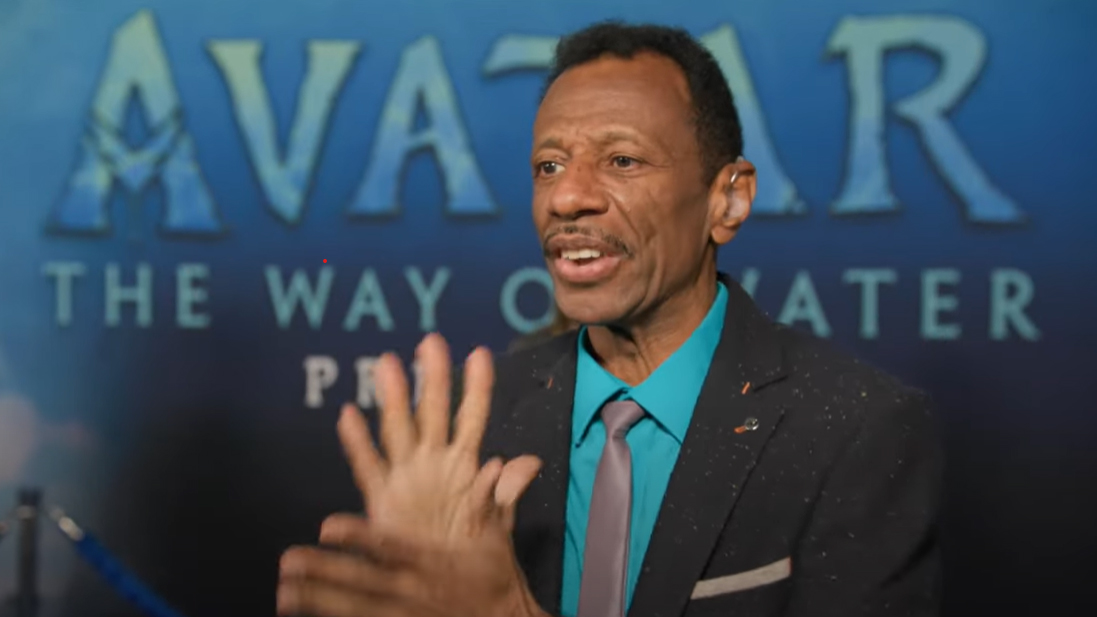
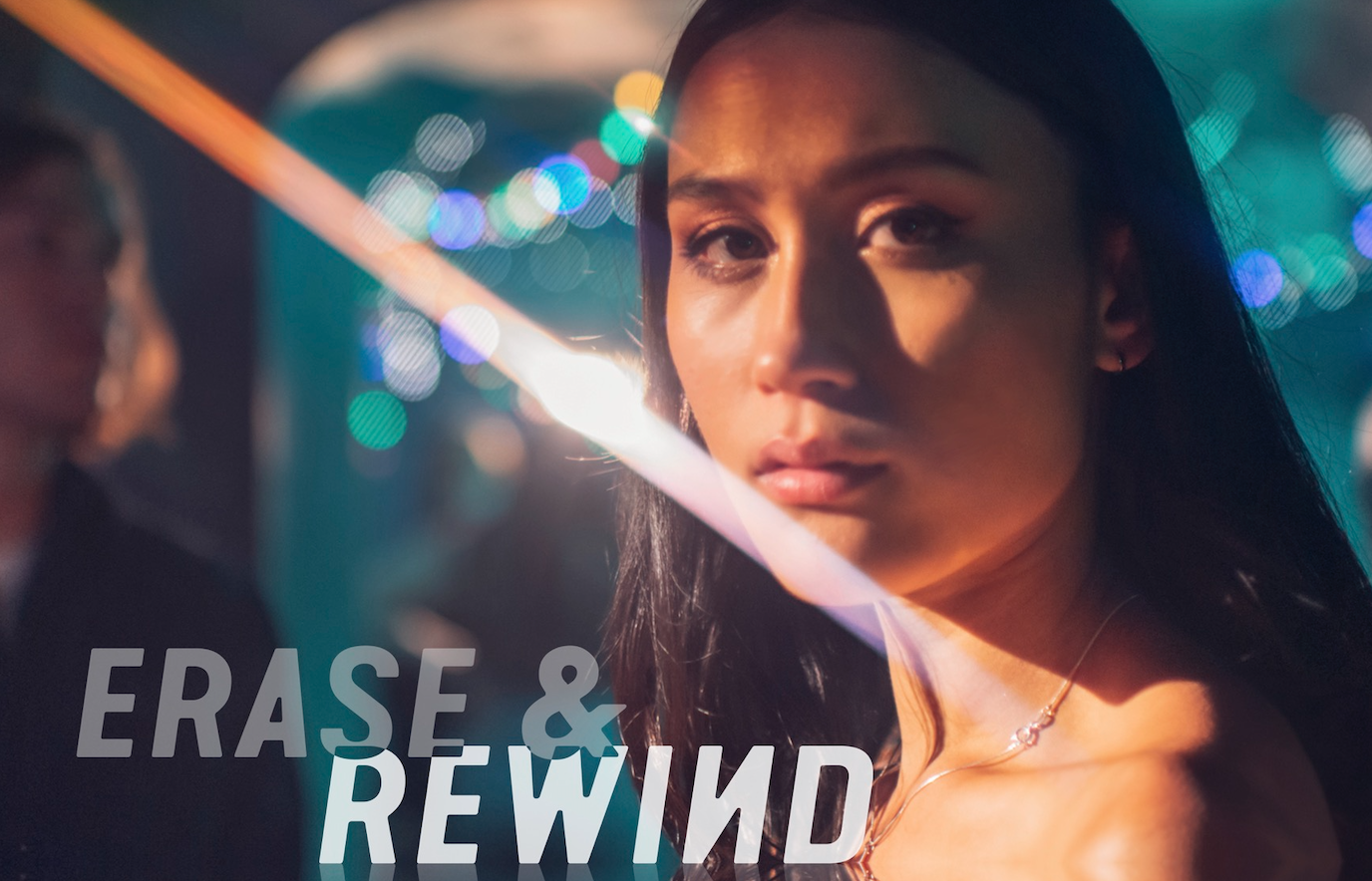
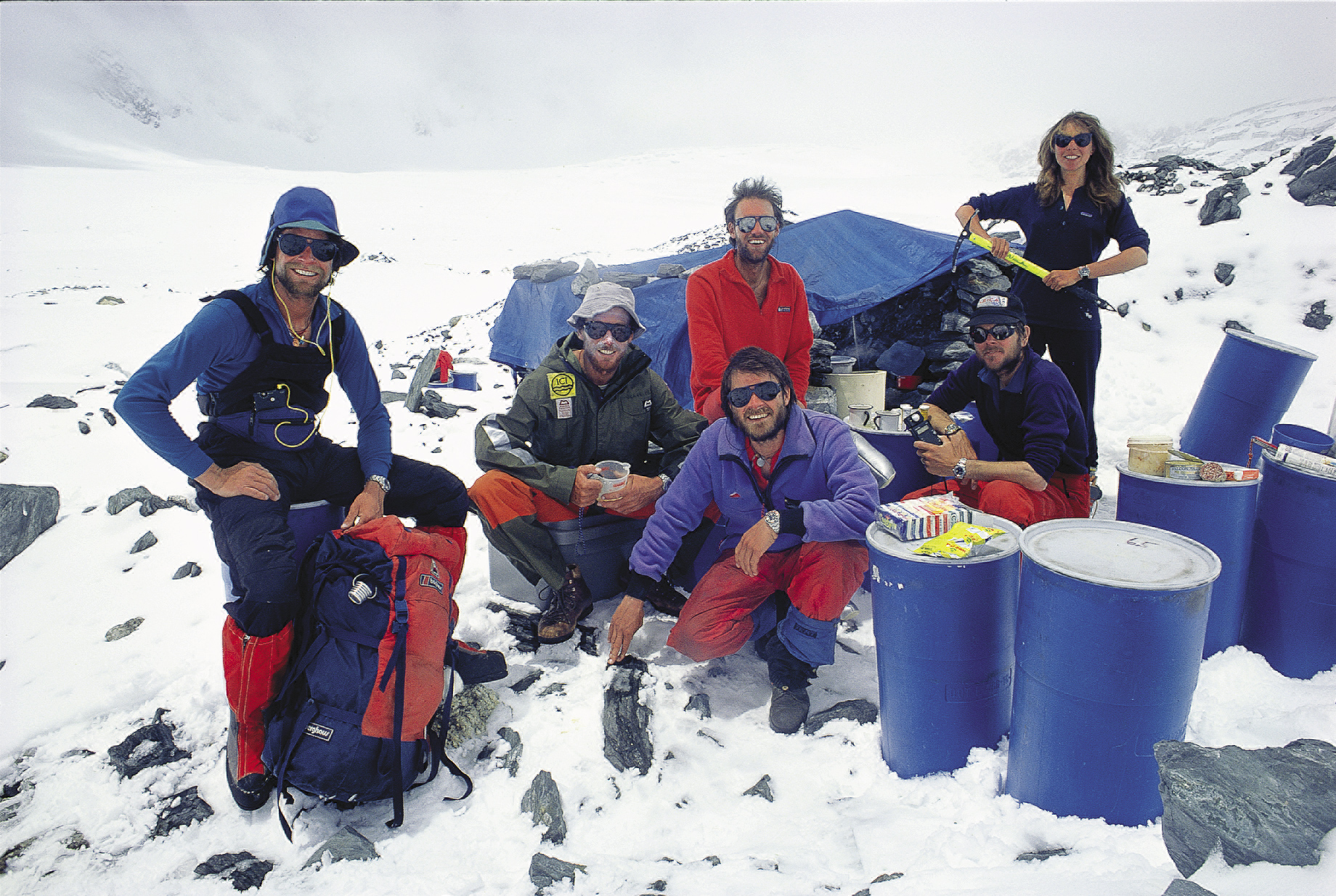
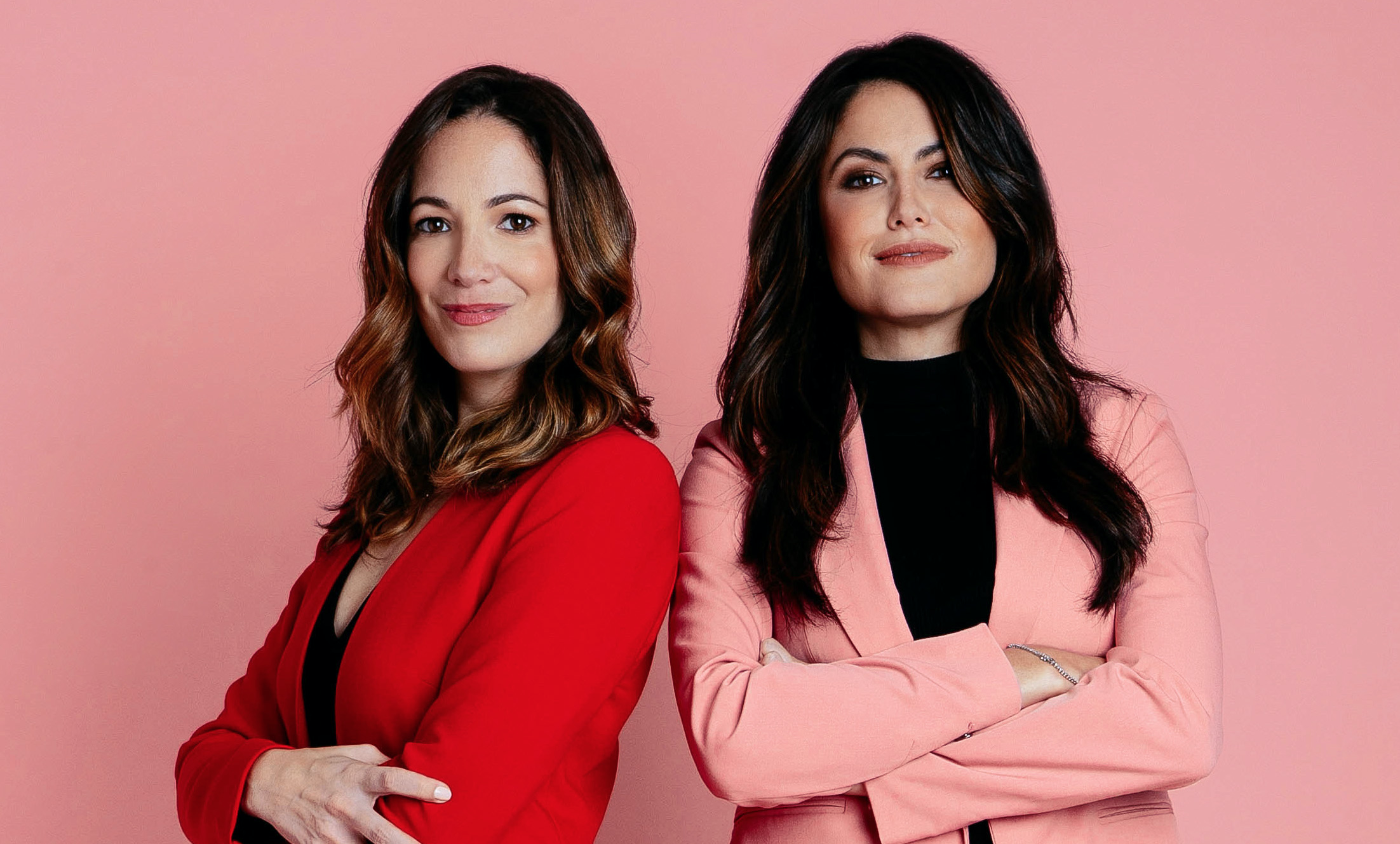
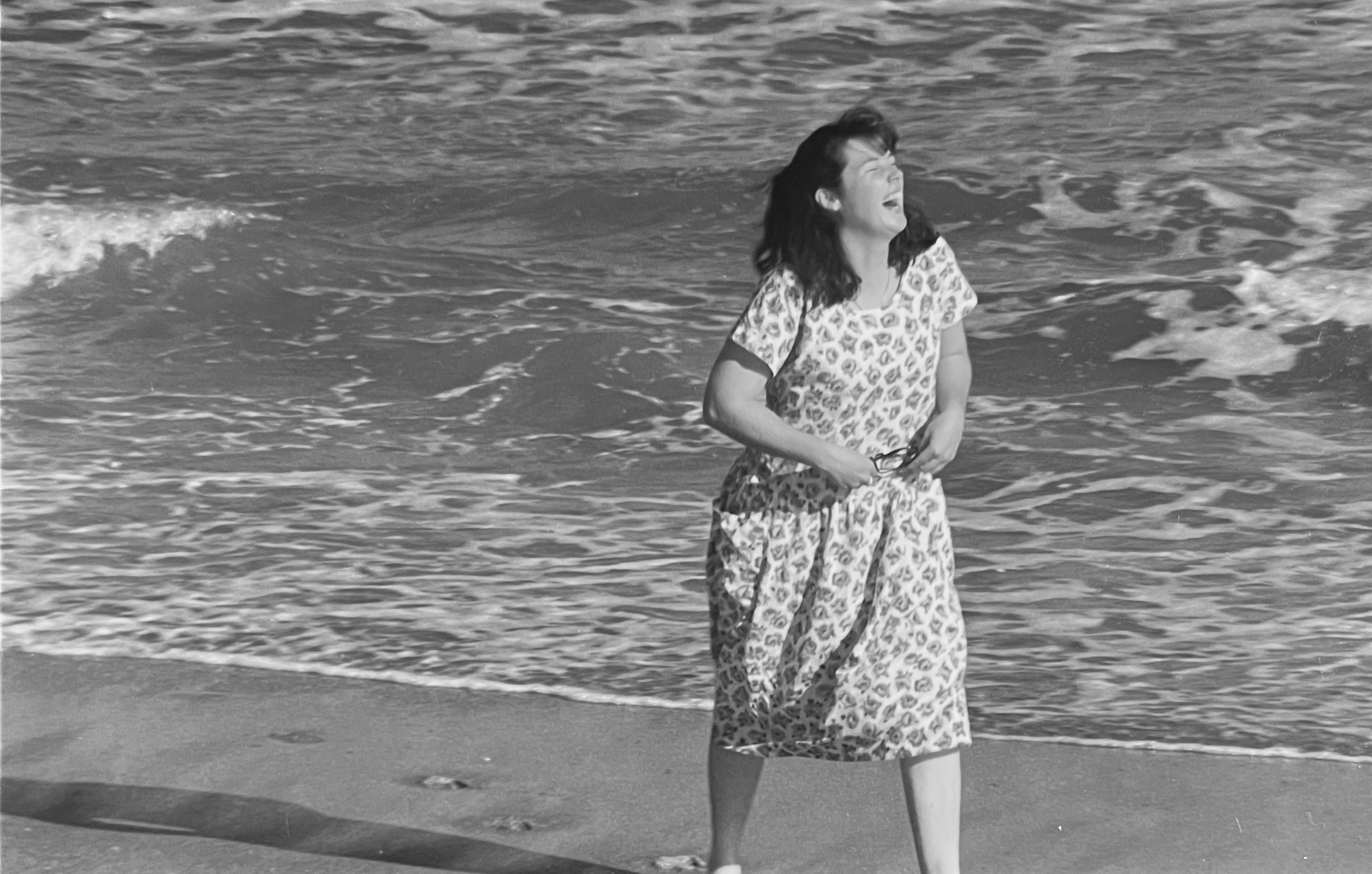
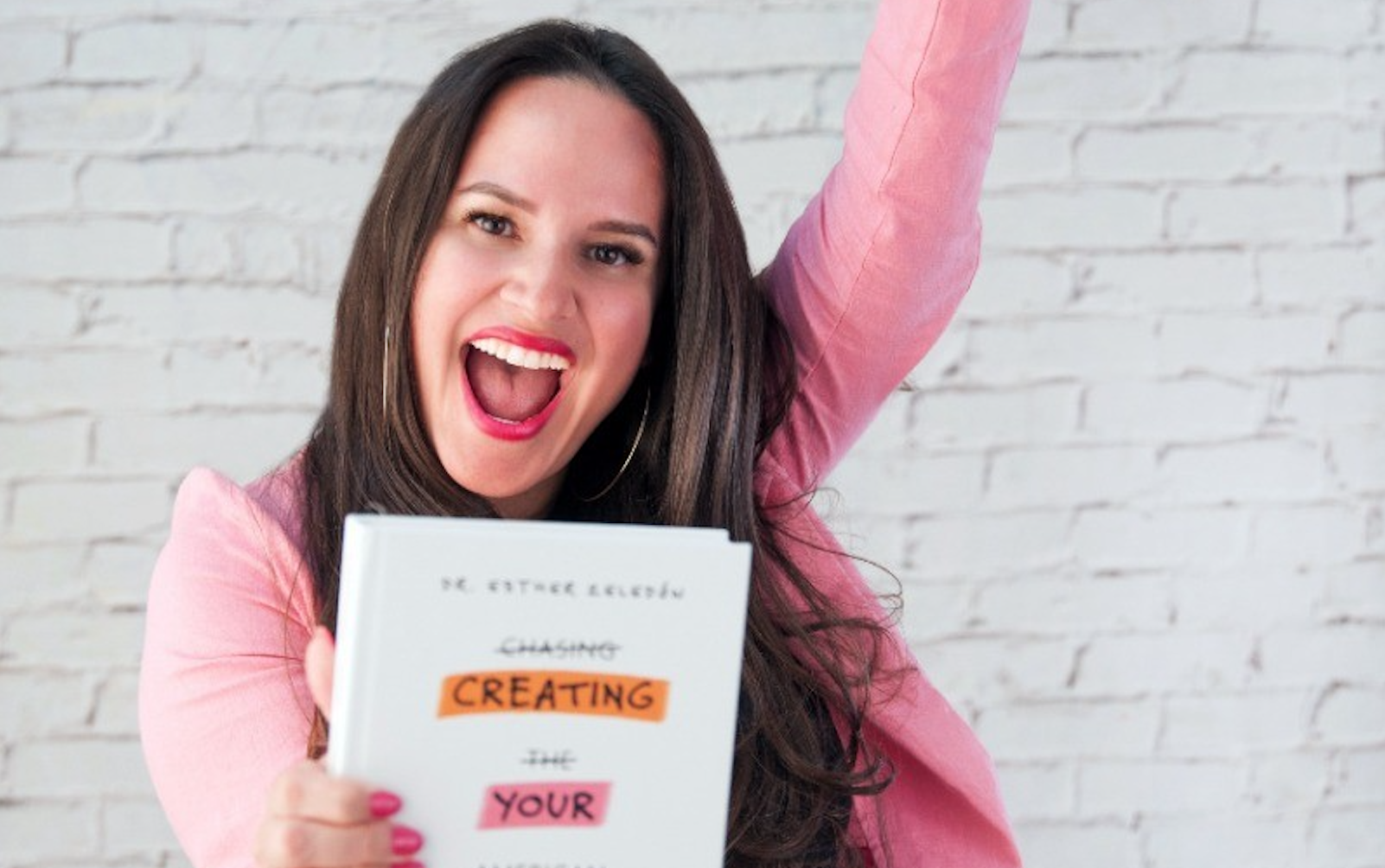
Couldn’t agree more. My 15yr old daughter is the only girl in her Systems class this semester. As she is slready very shy and self-conscious it’s challenging for her. She sits at a table alone and just gets on with the work (which she enjoys).
Would this be introduced to Catholic schools?